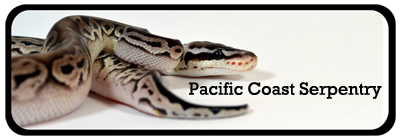Yes, supers are homozygous.
Because they are homozygous, they can only pass that mutant gene down to the offspring.
Other mutant genes don't lie in the same genetic location, so they can pass those genes down too.
Crude Example: Super Pastel Spider Super Enchi x normal
Pastel gene=P
Spider gene = S
Enchi gene = E
Normal gene = n
Super Pastel Spider Super Enchi = PPSnEE
1 - PP (pastel pastel)
2 - Sn (spider normal)
3 - EE (enchi enchi)
The snake can only pass on one gene from those three locations. A P from location 1. Either S or n from location 2. And an E from location 3.
So The possible offspring are PSE (pastel spider enchi) or PnE (pastel Enchi)
Example 2: Super Pastel Spider Pinstripe Super Enchi x normal
1 - PP (pastel pastel)
2 - Sn (Spider normal)
3 - Pn (Pinstripe normal)
4 - EE (enchi enchi)
Possible offspring - PSPE (Pastel Spider Pinstripe Enchi), PSnE (pastel spider enchi), PnPE (Pastel Pinstripe Enchi), and PE (pastel Enchi)
I hope that made sense.












 Reply With Quote
Reply With Quote